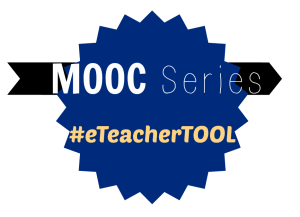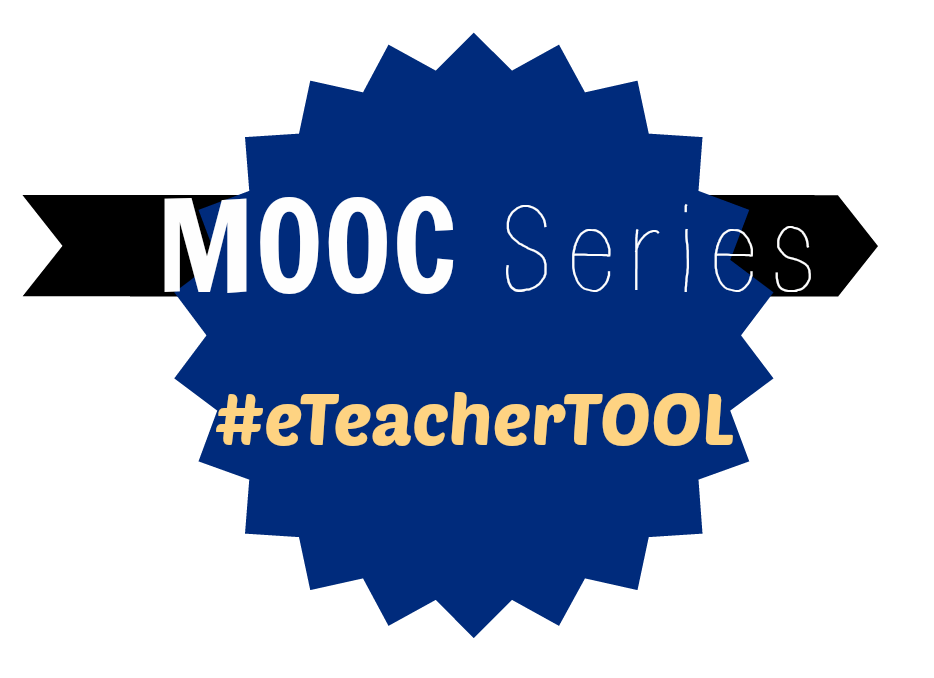This post is one in a series for a MOOC. You can find similar posts searching under the Category MOOC or searching for hashtag #eteacherTOOL for more about this particular MOOC.
 Assignments #2 for this course is to list the three best practices for ascertaining the trustworthiness of resources/websites. I suggest looking closely at these initially:
Assignments #2 for this course is to list the three best practices for ascertaining the trustworthiness of resources/websites. I suggest looking closely at these initially:
- Domain/URL nomenclature: Does this indicate a for non/for profit status, does the name appear professional in spelling/type of organization, does this source represent an unbiased or biased point of view?
- Useful Links: are the links live, are they related to the topic, do they link to equally reputable sources (optionally is it free of advertisements)?
- Reliability: can this information be verified outside this resource, does it appear well-researched and valid, and does any affiliated institute lend it’s credibility to the web site?
Before I would teach with any website I would follow Kathy Schrock’s guiding questions:
Is it student friendly? Appropriate reading and interest level?Is it related to your unit of study and important to the body of knowledge students are researching?Does the screen load in a reasonable amount of time?If it is important to you, is the site free of advertisement banners and pop ups?Do most of the links you try work?Do you feel comfortable and confident getting around the site?
When considering the most efficient methods to teach identifying reputable websites, walking through a reputable site together is powerful but, I think the real impact for adolescents is in looking at cleverly disguised non-examples such as:
- All About Explorers – courtesy @cybraryman1
- The Pacific Northwest Tree Octopus – courtesy @cybraryman1
- Frequently Asked Questions About Dihydrogen Monoxide (DHMO) – I used this with 6th and 7th graders successfully. I need to check with @cybraryman1 and see if he already has it (hidden) somewhere on his page!
Here I talk you through my exploration of the Delicious links and where they led me:
Following the link to asha.org and then the link to Thinking Critically about World Wide Web Resources I thought the list of question might be helpful for secondary students to read through and consider or answer. While I liked the online tutorial idea, I noted that it was directed more toward higher education than K12.
I can see a real need for a catalog of resources for a younger audience. I would start with something like this and then adjust it up of down in reading level and amount of text as necessary.
I would suggest adding: https://cybraryman.com/evaluating.html to the course resources. He has a page for everything you can think of in general, so a quick search on web site evaluation yielded a great number of things to look through. My standouts are below:
From there I found this, which is more along the lines of middle school. I can see doing a series with these posters: B, C, D, E, F & G… you get the idea.
From the same curator, Kathy Shrock’s ABC’s of Web Site Evaluation.
From the same curator, Evaluating Websites For Learners from Maggie Verster






Leave a Reply